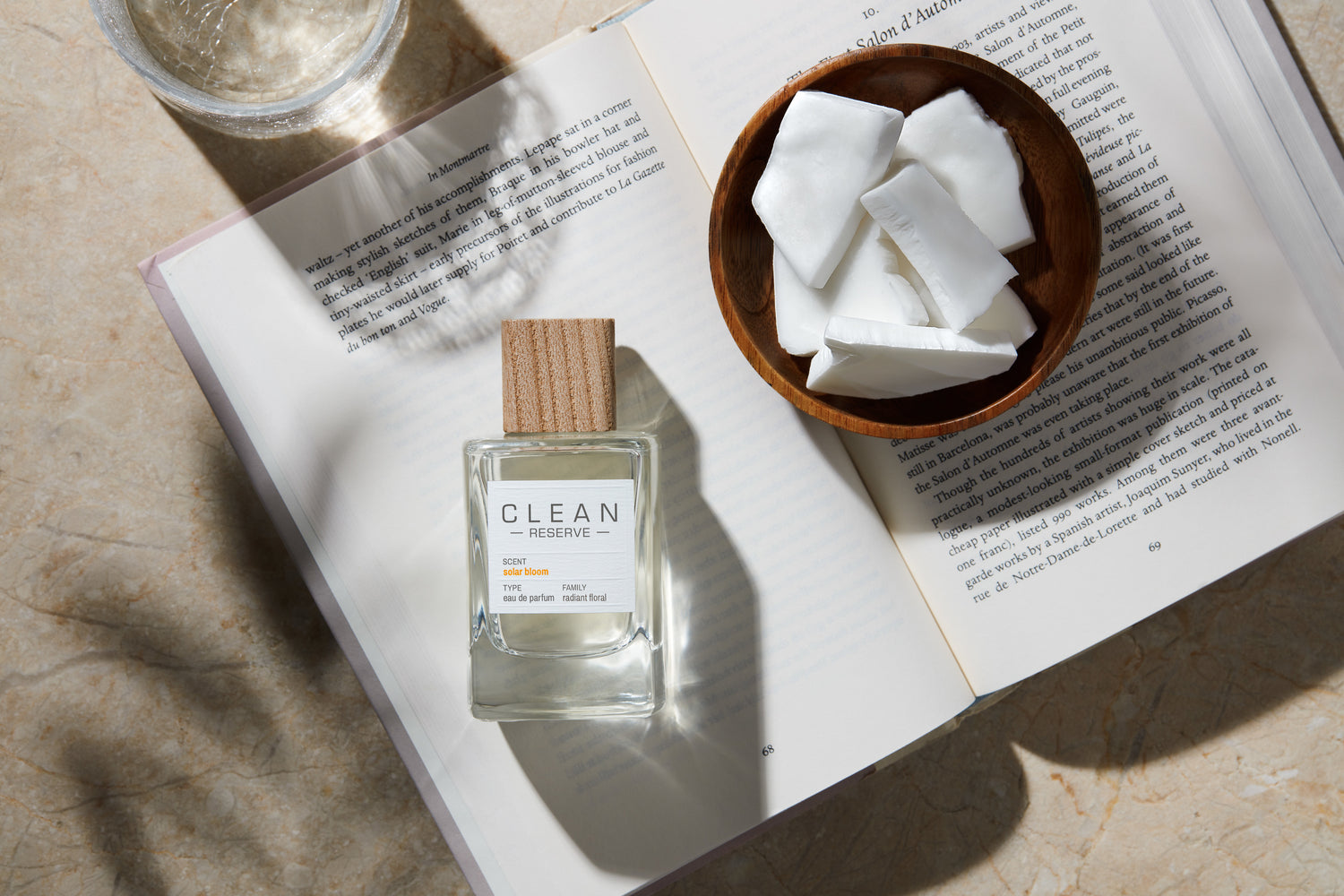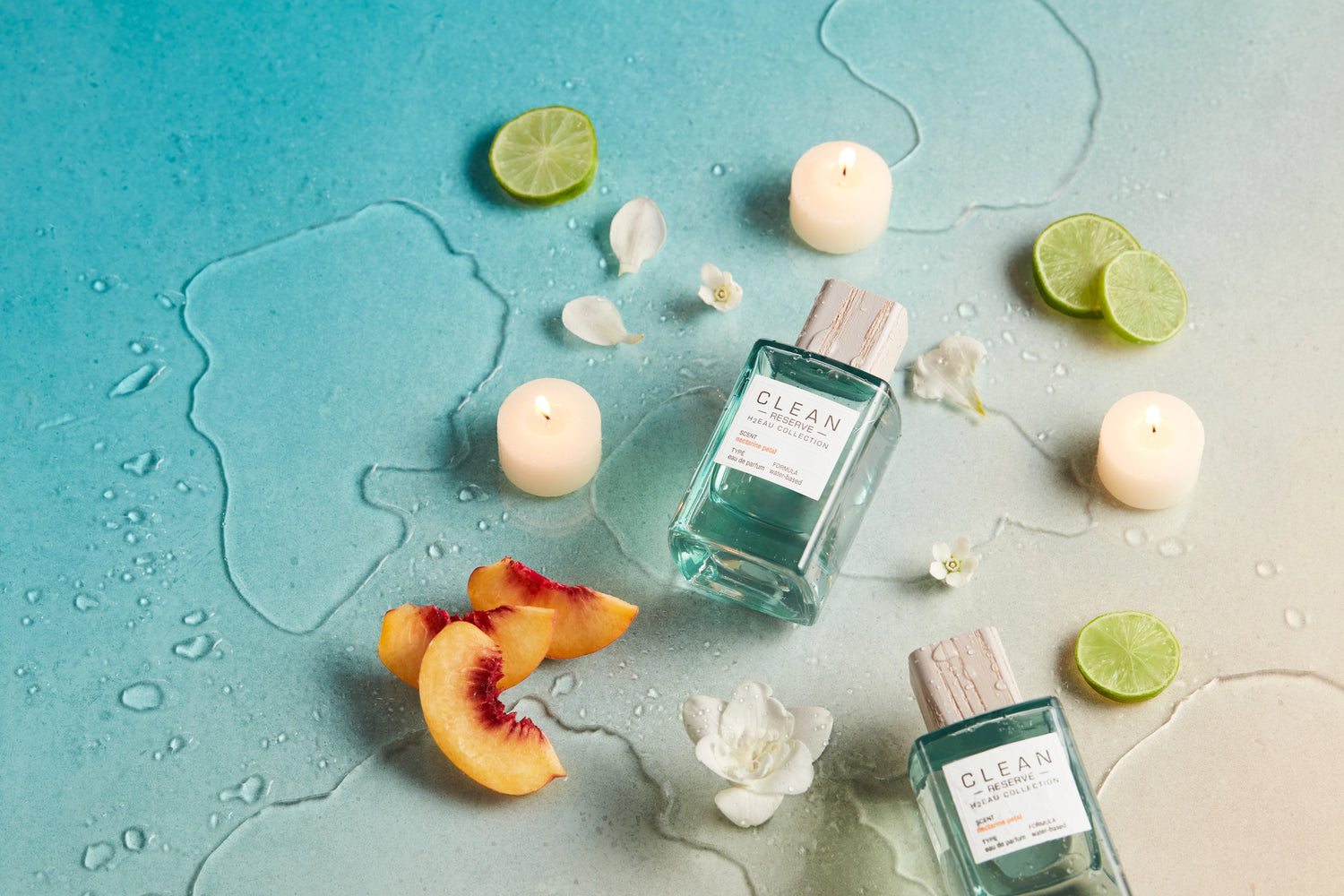Have you ever thought about where the phrase “busy bee” comes from? It’s not just because they buzz around like they have places to be, which they do. A single bee can be responsible for pollinating between 1,000 and 5,000 plants in a single day. Once you add in butterflies, hummingbirds, moths, beetles, bats and dozens of other species, pollinators are responsible for more than $15 billion in added crop value according to the FDA.
Not only do the pollinators have a huge role in our food supply but we would not be able to have our scentsational perfumes without their dedication and hard work. Naturally, we at Clean Beauty Collective, want to make sure that we do our part to take care of them. For the third year in a row we’ve been partnering with EarthDay.org by supporting their Protect Our Species program, focusing on pollinator extinction.
Join us as we talk to Kelly Beckner, the Marketing and Corporate Sponsorships Director at EarthDay.org, about her experience, as well as the benefits and results of the incredible program.

CBC: What is your background and how did you come to work at EarthDay.org?
KB: I have an eclectic background and a resume to back it up. My nonprofit career began with an Art History degree and a job at an amazing art gallery in Washington DC. From there I spent a couple years in Italy, took a job at an international school, worked in public policy, and finally transitioned over to conservation working for a US nonprofit that protects public lands. That was my first role working in conservation, and working with companies, both of which I love.
Over the past 7 years I’ve been working with businesses on everything from employee engagement programs, cause marketing campaigns, international grantmaking, and disaster relief programs, all focused on how communities are the best equipped to be agents for change. Now at EarthDay.org I get to combine all of it: passion for the environment, company-driven philanthropy, and ongoing work with trusted community partners.
CBC: Is there an area of conservation that interests you most? Why?
KB: I find myself panicking from time to time about the state of the planet for when my now four-year old turns 30. Because of that, I’m dedicated to finding climate solutions, however they may present themselves. I believe that companies have a huge role to play in that given their influence on consumer culture and individual behavior. What interests me is how that behavior change plays out over time.
I’m also deeply passionate about public land conservation and equitable access to the outdoors. Nature therapy is real and critical to emotional, physical and mental health well-being. Protecting our wild places so that everyone can enjoy them should be a top priority for local and national lawmakers.
CBC: For the past three years, we’ve been supporting EarthDay.org’s Protect Our Species campaign to raise awareness for at-risk pollinators. Why are pollinators so important?
KB: Pollinators are vital to the health of habitats and ecosystems that many animals rely on, both for food and shelter – including humans! Honey bees and natives bees, for example, are responsible for the pollination of our agricultural crops, which directly affects our food supply. Without them, trees would bear no fruit, many vegetables wouldn’t ripen on the vine, and nearly half of the world’s diet of fats and oils would disappear. There are many other pollinators as well that play a role in the health of agricultural and wild plants. As a whole, pollinators are responsible for up to one-third of food that we eat, and for sustaining our natural plant ecosystems.
CBC: What would be the consequences of our pollinators disappearing?
KB: The reality is that pollinators are an essential ecological function. Over 80% of the world’s plants require a pollinator to reproduce. As far as consequences go, I’d say most notably is how disappearing pollinators directly impact our food supply. As pollinators disappear, fruit and nut production is strongly affected and supply drops as most fruits require insects for pollination. We’d also see a major decline in vegetable propagation. These are some of the most nutritious foods we can put in our bodies, so protecting their production is critical.
CBC: We’ve previously focused our efforts on protecting both bees and butterflies. How are these insects doing? Have their numbers changed at all over the last year?
KB: Research and reporting continues to track declining bee populations, climate change being the key threat as we see volatile shifts in weather patterns, and more frequent instances of extreme conditions like powerful storms, heatwaves, and mild winters. These are a direct result of warming global temperatures.
In addition to threats from global warming and resulting climate changes, pollinators like bees and butterflies are under threat from harmful pesticides and chemicals still being used in some agricultural practices.
And finally, new studies are calling out pollution as a key contributor to population decline, as pollution can mask the scents that pollinators like bees and butterflies detect with their antennae to help them find food, or to visit a flower or pollinate it.
But it’s not all doom and gloom! The 2022 monarch butterfly season launched with some good news: from 2020-2021, the western monarch butterfly population, which migrates along the CA coast, jumped from about 2,000 butterflies in 2020 to 250,000 in 2021. It’s impossible to know what this means, given there’s only been one year of population increase, but it certainly is hopeful!
CBC: What are the top three things we can do as individuals to help protect pollinators?
KB: There are so many ways individuals can help protect pollinators, starting by educating themselves and others on these tiny, critical creatures. Not everyone has the space to grow a garden of native species or keep bees, but we can all use our networks to share out about the importance of pollinators. If you are in a position to plant a garden, select native plants suitable for your local climate and that will attract local pollinators, avoid pesticides, and plant milkweed for the Monarchs. Milkweed is the Monarch species’ only caterpillar host plant, so without it, the Monarch butterfly can’t complete its life cycle, and populations plummet.
Clean Beauty Collective Tip: Find native plants that can help the pollinators in your area with this tool.
CBC: What larger-scale actions by governing bodies need to be done to protect pollinators?
KB: The best way governing bodies can protect pollinators is by working together. For example, there are many Task Force agencies across the federal government that are each responsible for monitoring a certain component of decline, making decisions on pesticide usage, and gathering input from communities. A cohesive effort among these groups with established roles, shared outcomes and goals, and widespread input from relevant stakeholders is key to ramping up the protection of pollinators.
--------------------------------
We love Kelly’s passion and motivation in protecting and educating about the environment amidst the current climate crisis. And moreover, we hope to adopt her philosophy on searching for the positive news to keep us moving forward. Just like with the monarch numbers, we’re excited to hopefully see a positive impact on the Hine’s Emerald Dragonfly, which was the subject of this year’s partnership with our limited edition Skin fragrance.

To learn more about our pollinators and what you can do in order to save these precious and valuable creatures check out the Bee's Fact Sheet from Earthday.org and support the Pollinator's Act. We also put together some resources for Clean Beauty Collective's Protect our Species Campaign, #flutteforchange, and #flutterforlife.





